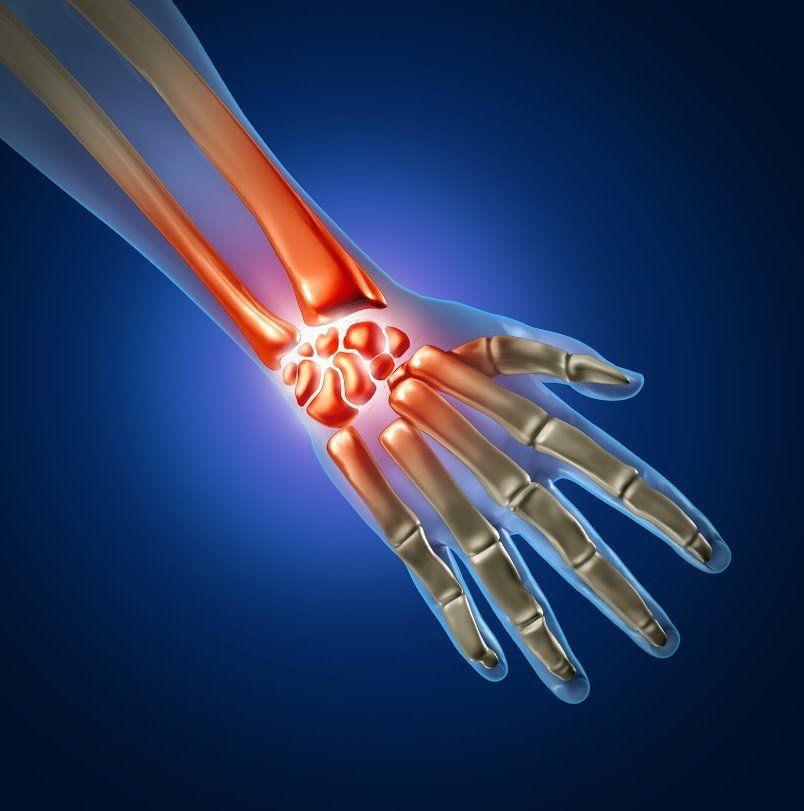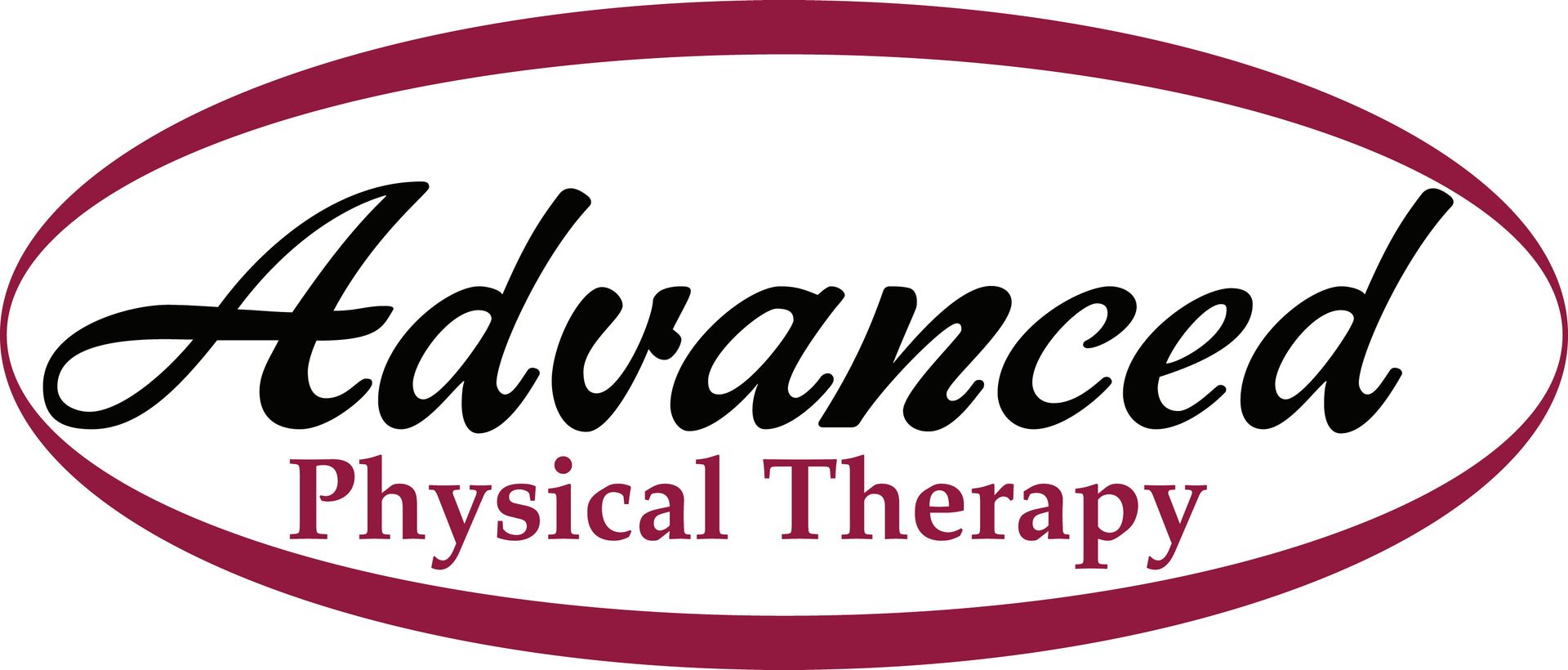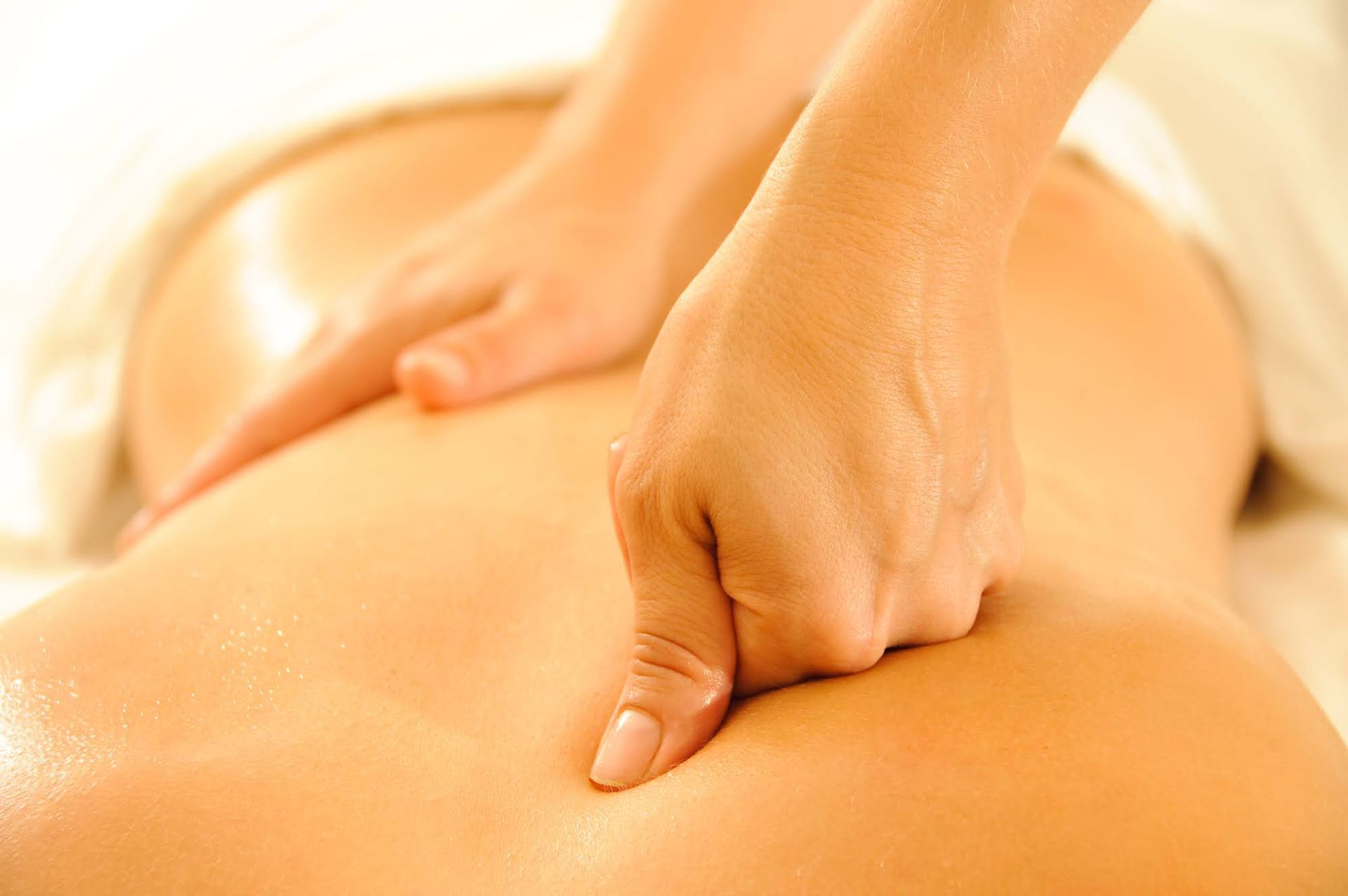4 Nerve Issues That Could Mean You Need Physical Therapy
April 13, 2020

Although physical therapy is often touted as a treatment modality for musculoskeletal issues, it can often be helpful with nerve injuries or pinched nerves as well. Your nerves live alongside your musculoskeletal system, and so they work together and can often affect each other.
Here are four nerve issues that you can treat with physical therapy.
1. Sciatica
Sciatica occurs when the sciatic nerve is irritated. In many cases, this irritation is because of a spine problem or some other underlying cause. The nerve irritation causes pain in your leg and foot.
A physical therapist can provide exercises to treat the pain associated with sciatic nerve problems. However, your physical therapist may also try to get to the bottom of the issue by diagnosing the underlying cause of the sciatic pain.
In some cases, you may work with a physical therapist and another medical professional as well. Your general practitioner may prescribe medications for the pain, for example.
2. Nerve Entrapment in Wrist
Your wrists have two narrow tunnels that nerves pass through to reach your hand. One is called the carpal tunnel, and compression (also called entrapment) here can cause carpal tunnel syndrome. Classic symptoms of carpal tunnel syndrome include pain, weakness, or tingling in the thumb and first three fingers.
If your symptoms are in your ring finger and little finger, though, you may have an ulnar nerve problem called Guyon's canal syndrome instead. The ulnar nerve also passes through a tunnel (called Guyon's canal), but this one is on the outer side of your wrist.
Doctors don't always know exactly what causes these types of problems, but you may be more susceptible if your bone structure includes a smaller tunnel for the nerves (meaning they're more likely to become irritated easily). And doctors do know some of the triggers and exacerbating factors that could cause or worsen symptoms of these problems. Some of these triggers include:
- Other chronic conditions
- Pregnancy (which can increase swelling in the hands)
- Repetitive motion
- Poor posture
Physical therapy can often be an effective and noninvasive treatment for both ulnar nerve problems and carpal tunnel. For example, your physical therapist may teach you nerve glide exercises that help retrain your nerves to normal function.
Other physical therapy exercises to help improve range of motion and reduce inflammation may also be relevant here. Your physical therapist will prescribe a course of treatment based on your individual case and circumstances.
3. Nerve Entrapment at Elbow
Nerve entrapment of the ulnar nerve in your elbow is often called cubital tunnel syndrome. This entrapment can cause symptoms not only in your arm and elbow, but sometimes in your hand as well. Like nerve entrapment at the wrist, cubital tunnel syndrome may be treated with physical therapy exercises that could include nerve glides.
Your therapist may also try to get to the bottom of what actions or posture problems could be worsening your symptoms and help you to develop healthier posture and habits.
4. Thoracic Outlet Syndrome
Thoracic outlet syndrome can be similar to other nerve entrapment issues. However, instead of occurring at a joint, this problem originates near the collarbone at a spot called the thoracic outlet. This nerve problem is called neurogenic thoracic outlet syndrome — not to be confused with vascular thoracic outlet syndrome, which involves compressed blood vessels.
Your physical therapist can help you identify possible causes and the best exercises and lifestyle modifications to help treat this issue.
As you can see, a variety of causes can irritate or entrap different nerves throughout your body. If you experience localized pain, numbness, or tingling that you suspect could be due to a nerve issue, contact a medical professional such as Advanced Physical Therapy
right away.

















